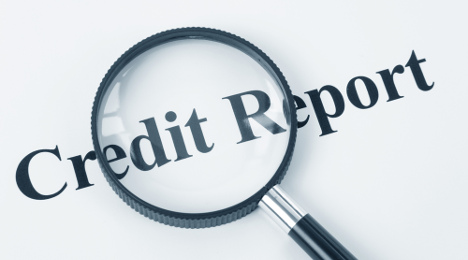How Subprime Loans Enhance Scores by More Than 50 Points

By subscribing, you agree to receive communications from Auto Remarketing and our partners in accordance with our Privacy Policy. We may share your information with select partners and sponsors who may contact you about their products and services. You may unsubscribe at any time.
ATLANTA –
The latest Equifax analysis of the subprime auto finance industry triggered memories of when auto finance leader Lou Loquasto first began his professional career. Not only did Equifax call the subprime auto space “sound,” but analysts also found data that clearly backed up the claim, which they shared in a report titled, Subprime Auto Loans: A Second Chance at Economic Opportunity.
Equifax determined that over a three-year time period, those consumers with deep subprime credit scores that originated a subprime auto loan showed, in aggregate, a significant increase in their credit score.
In fact, analysts highlighted those consumers improved their credit score by a median of 52 points, which is a 62.5-percent improvement over the median score change of the group that did not take out a loan.
Even more telling, Equifax noticed those consumers who took out a subprime auto loan were four times more likely than those who did not to have improved their score to a level above 640, moving them out of the subprime segment.
The data trends prompted Loquasto to say, “I started my career sitting across the loan desk from thousands of nonprime families in need of a vehicle — each of them having a story about circumstances that resulted in their less than perfect credit score.
“It was rewarding to watch these customers diligently make the most of these second chances and see a high percentage graduate to a prime credit standing — empowering them to take full advantage of their newfound financial well-being,” he added.
Subscribe to Auto Remarketing to stay informed and stay ahead.
By subscribing, you agree to receive communications from Auto Remarketing and our partners in accordance with our Privacy Policy. We may share your information with select partners and sponsors who may contact you about their products and services. You may unsubscribe at any time.
With only a few short years separating today from the depths of the Great Recession, report authors — Equifax chief economist Amy Crews Cutts and deputy chief economist Dennis Carlson — acknowledged it is natural and prudent to be skeptical of the recent increase in subprime auto lending.
“Nevertheless, it is imperative that this curiosity be answered with data and not anecdotes, particularly given the benefit our analysis shows that subprime auto lending brings to those consumers who exited the recession with blemishes on their credit,” Crews Cutts and Carlson wrote. “And when the data available today is examined, it becomes clear that there is no definitive evidence that suggests an auto subprime loan bubble similar to the housing bubble is forming.
“This does not mean that we have eliminated all risk from consumer auto lending, but the new tools and technology available today, along with heightened awareness of what contributed to the housing bubble formation, enable lenders to better manage risk, and contribute to a very different subprime auto lending market today,” they continued.
Subprime auto finance naysayers likely will point to the latest data from the Federal Reserve of New York, which reported this week that auto loan delinquencies for the entire credit spectrum ticked up to 3.5 percent in the fourth quarter. That reading is up from 3.1 percent a year earlier.
“Without question, vigilance is the watchword,” Crews Cutts and Carlson wrote. “We must closely monitor the lending environment for indications of changing conditions. However, without access to quality and reputable subprime lending, borrowers will seek alternative, less dependable sources of credit — which could ultimately hurt them.
“In a world where there is a great deal of consternation regarding the stagnation of the middle class, subprime auto lending can provide help to consumers with less than perfect credit so they can improve their financial standing — and their future,” they continued.
The Equifax economists also rehashed points they made in a report released last summer, reiterating that there is not a subprime auto finance “bubble,” and comparing vehicle installment contracts to mortgages is like comparing, “apples and oranges.”
Crews Cutts and Carlson said, “The auto industry’s success wouldn’t be what it is today if it weren’t for the responsible, solid subprime loans made to the many Americans in need of a car to get to their jobs or take their children to school.
Lenders now have better tools, more data and enhanced technology available to them to make sounder and safer decisions,” they continued. “While we should all continue to remain vigilant, we can confidently say that subprime auto lending is currently performing well, it’s not growing as quickly as prime lending, and our data does not suggest that a bubble is forming.”


